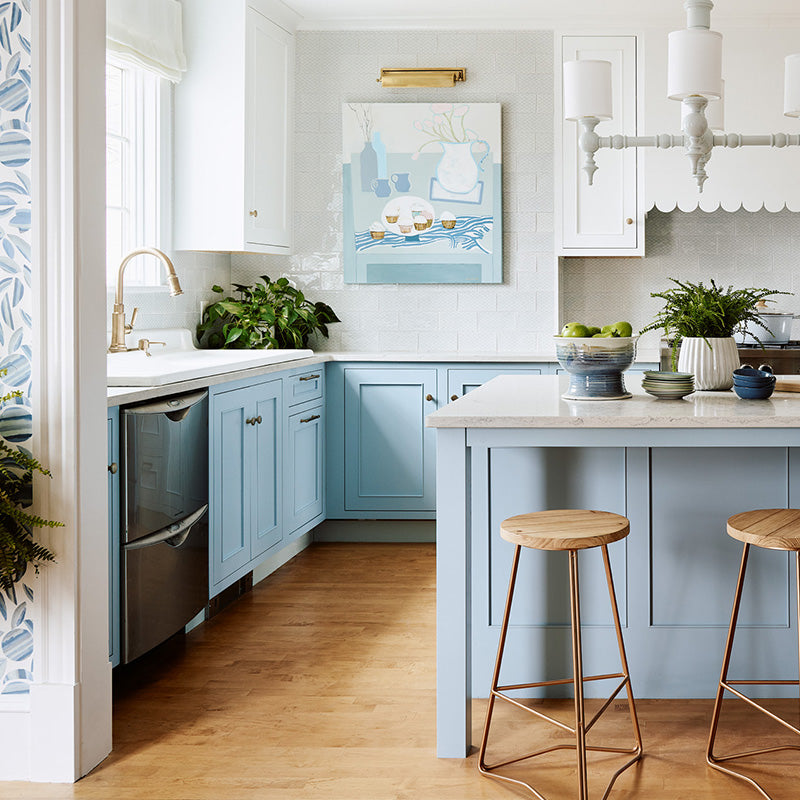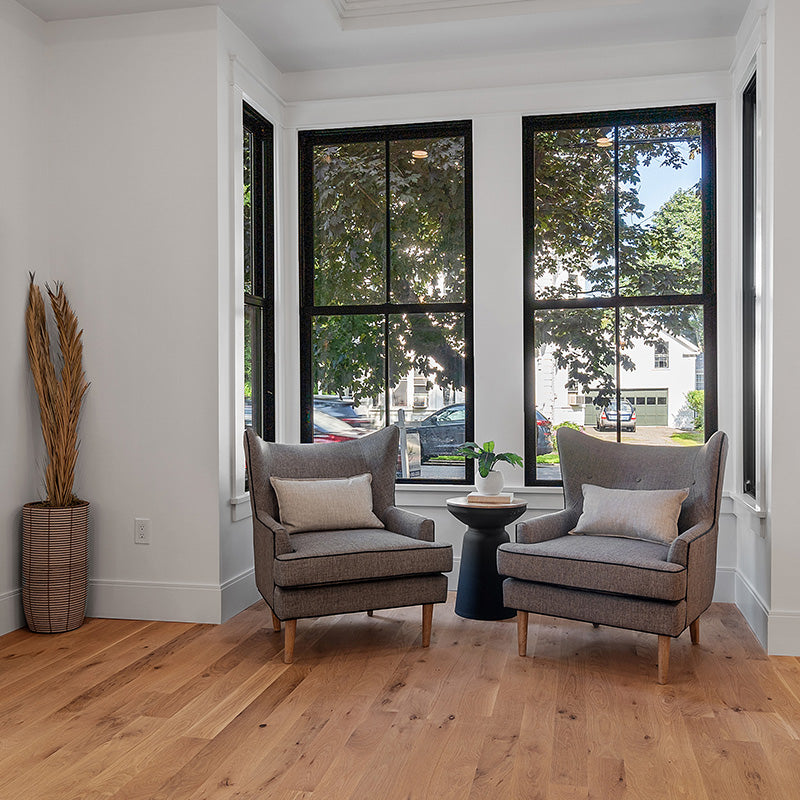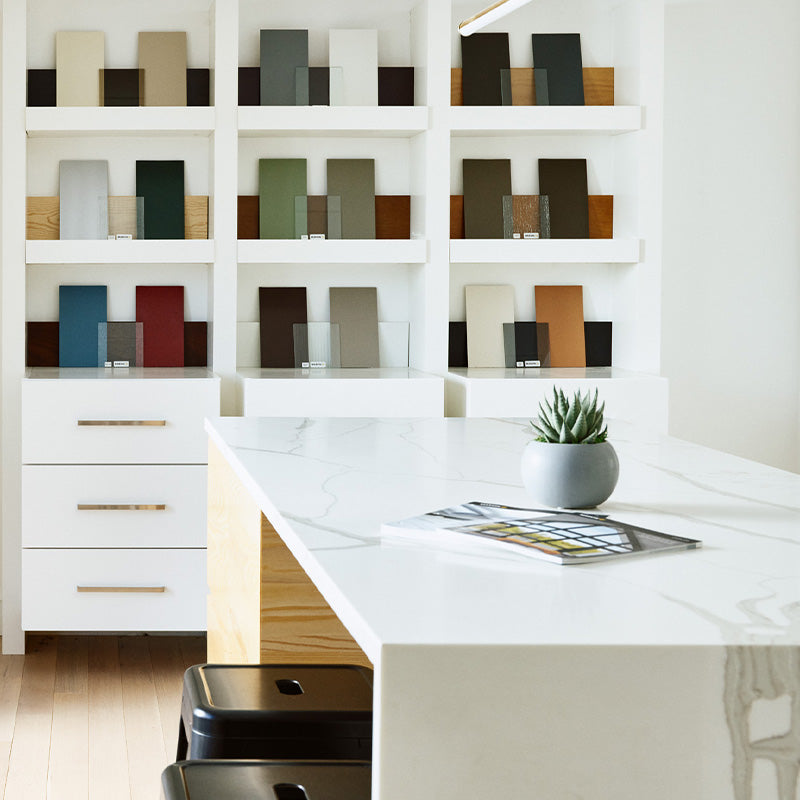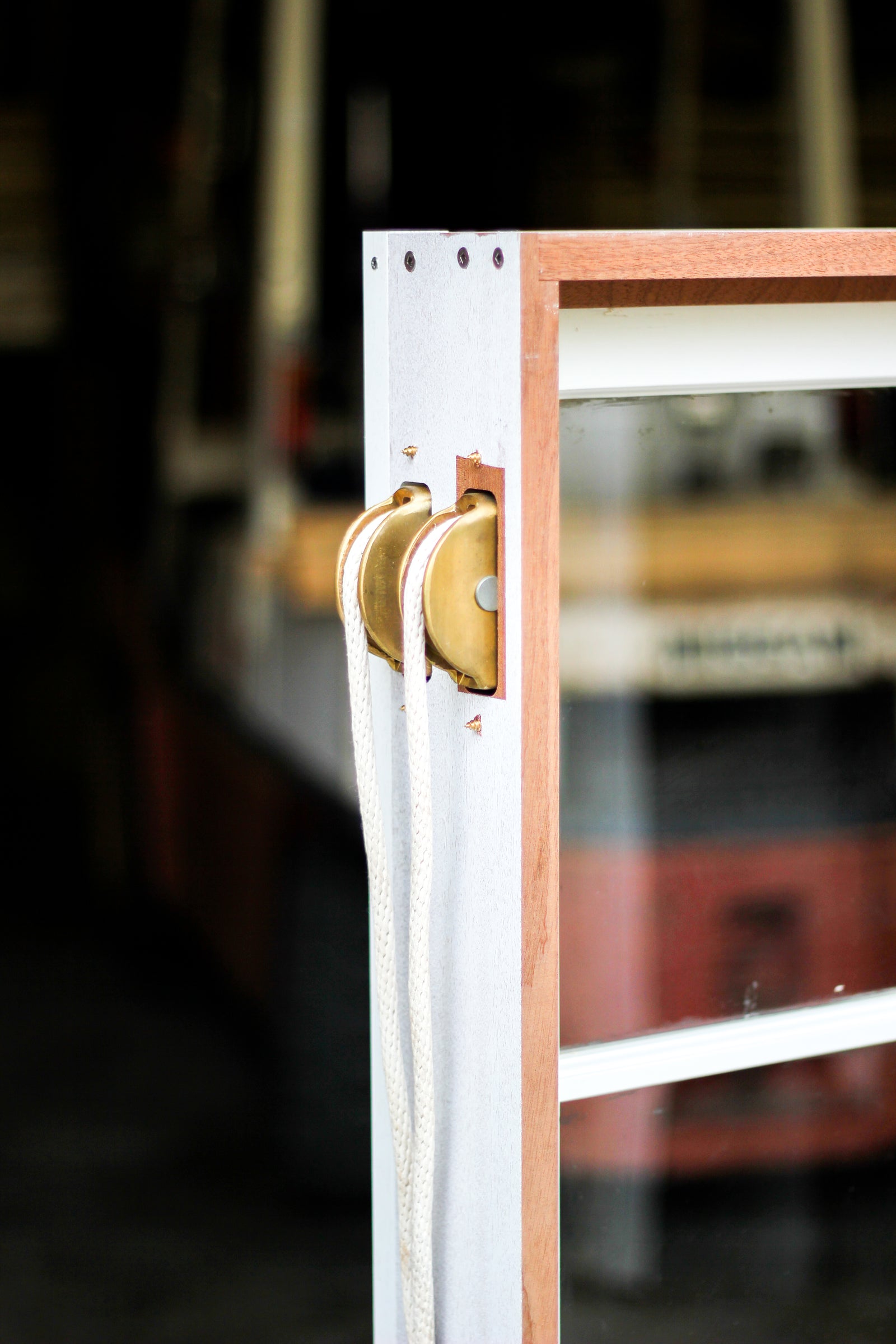Your Cart is Empty
Projects
These Zero-Impact Tree-Inspired Houses Will Blend Right Into The Forest
March 06, 2014 3 min read
GUEST BLOG POST
http://www.fastcoexist.com/
Covered in solar panels and made from a wooden frame, it
would be hard for these tree-shaped homes to get any greener. This housing plan could make living in the 'burbs a joy.
Konrad Wójcik thinks a little urban sprawl could be a good thing. The Denmark-based architecture student has reimagined how people might live outside cities--away from noise and pollution, but without any of the environmental impacts of typical suburbia. His solution: Tree-shaped houses packed with every conceivable sustainable design element, located in the middle of a forest, but within biking distance from a city.
“Looking at humans and their frequent lack of respect towards the natural environment, as an architect, I wanted to create something fresh, something that could provide not only shelter but also all necessary needs of present-day society,” Wójcik says.

Trees served as inspiration for the project in part because they’re already optimized as self-sufficient shelters for other animals. They run on renewable energy, fertilize soil, clean the air, and provide visibility, shade, and ventilation.
Wójcik's conceptual design tries to use the same principles. One side of the pine-shaped house is covered in solar panels. A heat pump takes in more energy from the ground, and a bio-digester turns any waste on site into even more power. Huge windows reduce the need for electric light and bring in fresh air.
Since Wójcik wanted the house to have virtually no environmental footprint at all, he chose not to use any cement or steel in the construction, and instead engineered a lightweight wooden frame that's strong enough to support the entire house. A timber pole runs up the middle of the home like a tree trunk. Everything inside, from walls to furniture, is made from fully reusable materials.

The house has four tiny floors and is designed for two people (four would be possible, but a tighter squeeze). While Wójcik says it could easily be used as a vacation home, there's no reason why it couldn't also be someone's regular home. "It's a fully functional space for living," he says. "Of course, the target is able-bodied people with an open mind."
In Wójcik's plan, the houses would be laid out in a forest with enough distance between each unit that they would be basically invisible from the others. Can something that's so sprawled out actually be sustainable? After all, the massive carbon footprint of the suburbs mostly comes from transportation, not the way houses are built.
Wójcik thinks it's possible to keep transportation minimal by locating the development close enough to a city that walking and biking is possible. He also intends for it to be built near an existing road with public transportation. Of course, many cities might not necessarily have a nearby forest that meets these criteria--and even for those that do, only a tiny fraction of the population could be accommodated in a development with so few homes.
Still, Wójcik plans to continue pursuing the idea and has had interest from buyers around the world. The biggest challenge, he says, is not engineering the structure--despite its complicated shape--but implementing so many sustainable technologies within such a small space. The next step is finding a developer that's willing to take a risk on something new.
Leave a comment
Comments will be approved before showing up.
Subscribe Today!
Our goal is to provide you with as much information as possible. Our newsletter is full of tips, inspiration and featured projects. We promise to only send you interesting things and never share your email with anyone else.





